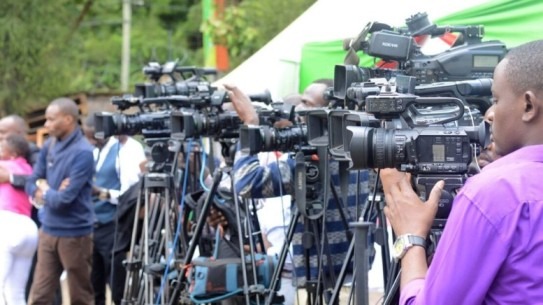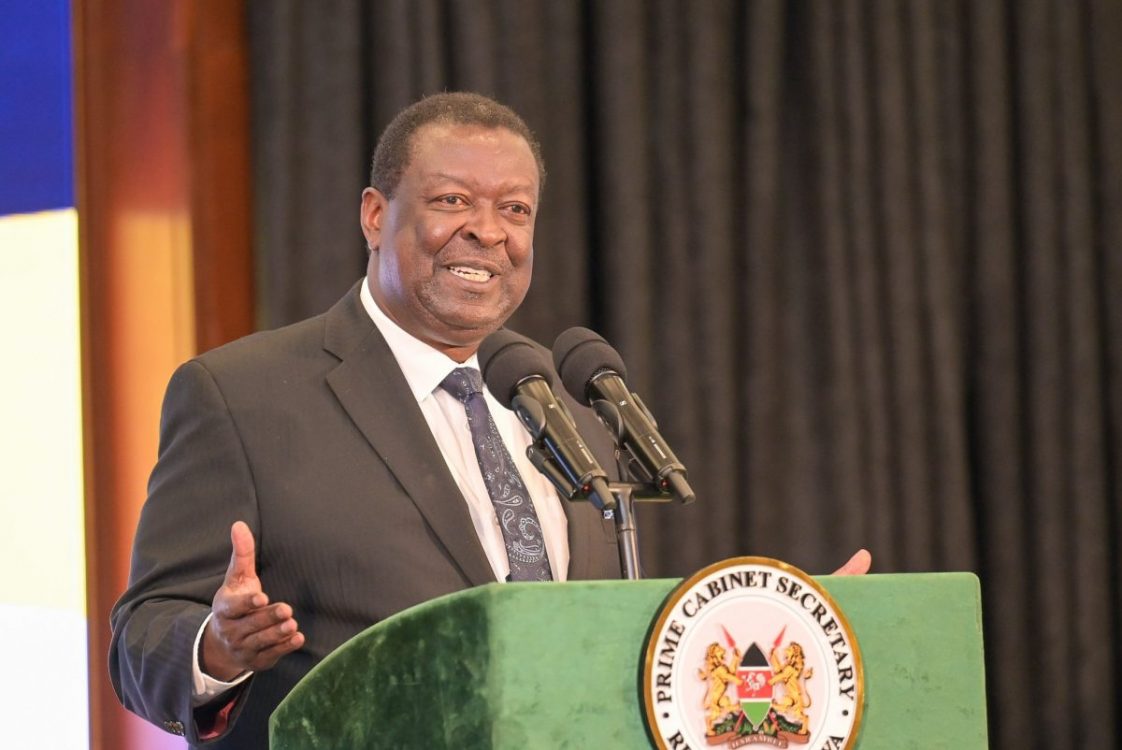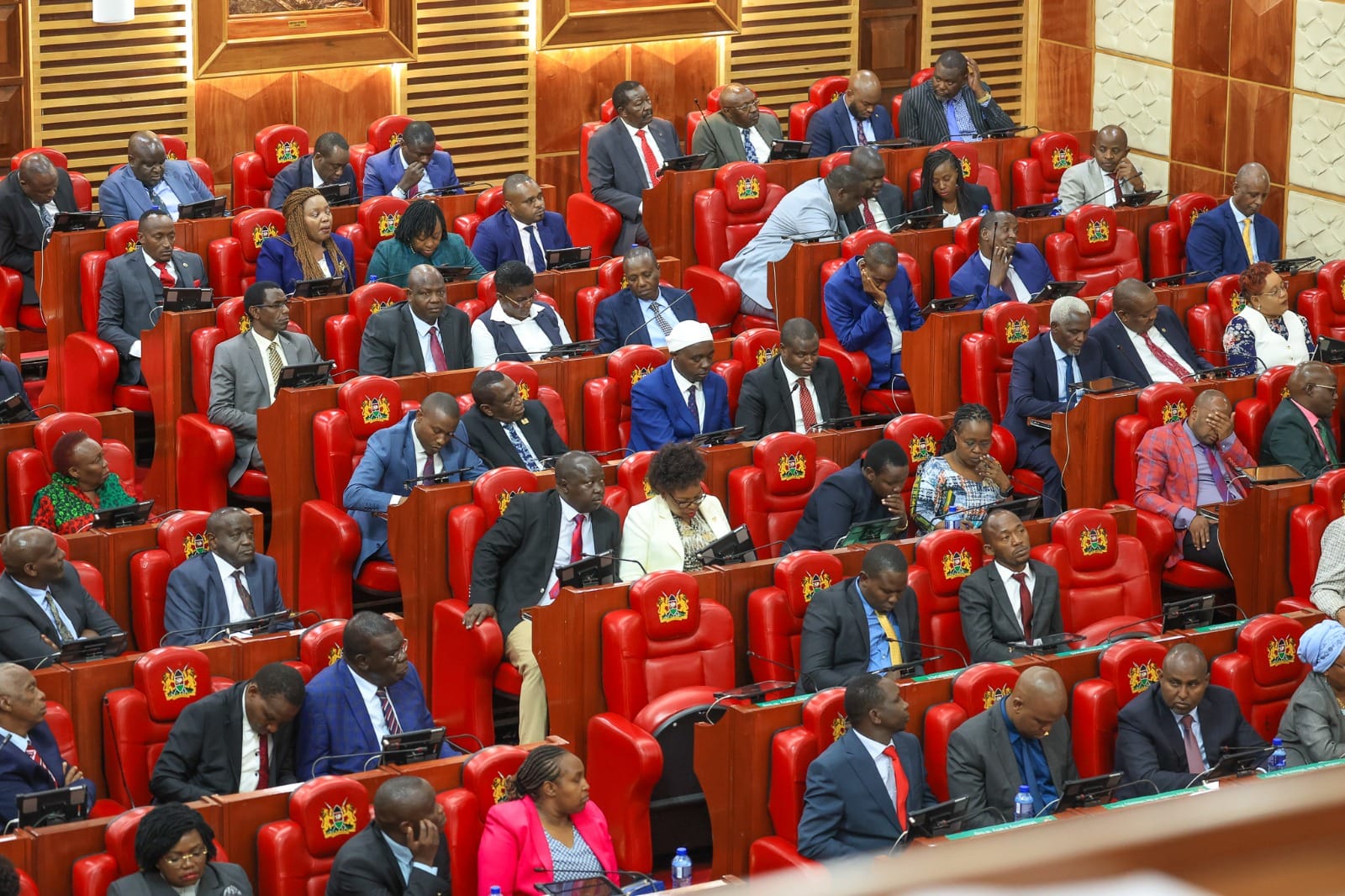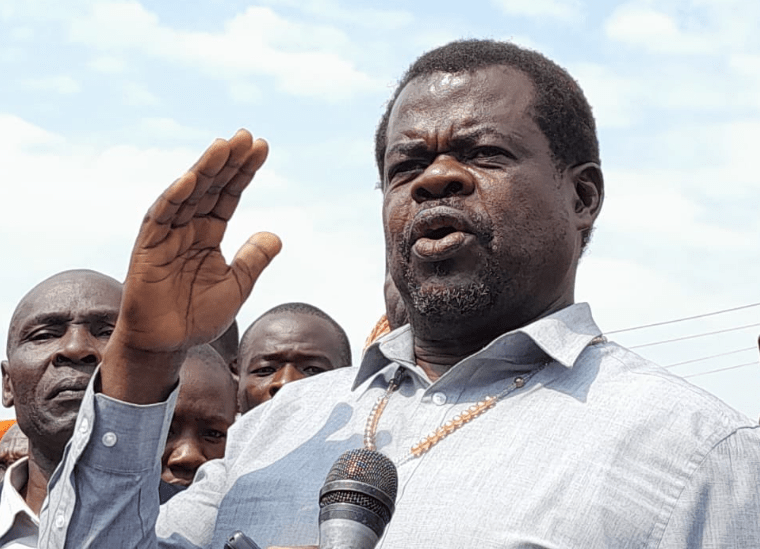On fuel crisis, media should go beyond the obvious
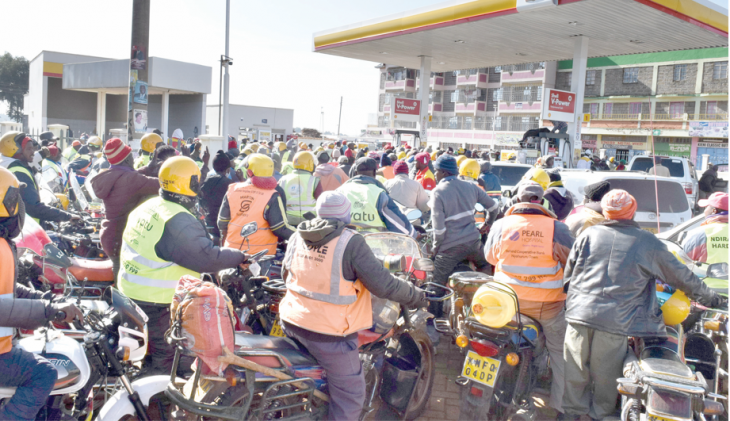
First, it was a honk, then my name was called out. I checked and from across the line, my friend, a senior architect based in Nairobi was stuck in the line in his car. His wife sat beside him. It was about 11:30 pm in Nakuru, nearly 200km from his station in Nairobi.
The jerrican I was holding nearly fell off when I recognised him. I had just bought this empty jerrican for Sh500 and was now wandering around looking for fuel. I understand ordinarily such jerricans go for about Sh200 or less but due to demand the price had more than doubled. My car had stalled a distance away from the station and now I was riding on a motorbike.
In front of me were many motorbikes, too many to count. My architect friend was in the inner line and had been on that line for hours, and now was inching closer to the pump. But there were probably still some 50 cars ahead of him. There was another parallel line alongside his.
The two lines were approaching the pump from the east. But there was still another line, much longer, approaching from the west. The three converged at the entrance to the station and then headed to one pump reserved for motorists. The other was reserved for motorbikes.
The station attendants dispensed fuel with fury. Everybody got a mere Sh1,000 worth of fuel irrespective of needs. The architect was headed to Nairobi. For Sh1,000 he was going to get less than eight litres, hardly enough to get him to Naivasha. Word reaching us had it that fuel was scarce in Naivasha as well, so there was not much hope ahead.
As I got closer to the pump the attendants decided not to serve those carrying jerricans. The police providing security had a menacing look, so jerrican holders left. Then the station ran out of fuel as soon as my friend got his ration. The forlorn look on the faces of motorists, some with cars now stalled, was telling. This has been the fate of many motorists in Kenya for the past three weeks to Friday.
The economic impact of the fuel shortage was massive. The cost of professionals wasting away on the line, goods not delivered, machines stalled, would take a while to compute.
As a student of the media, I began to wonder what the role of the media could be in all this? The coverage of the fuel crisis has been at best superficial. Media have reported what everybody could see: the long lines of motorbikes and motorists, the comments of ordinary people, some, like myself, now with jerricans in their hands and all. This is obvious.
What, however, is going on behind the scenes and how did we get here? It is the prying eyes of the media, peeking through to eavesdrop on the conversations taking place in the C-Suits that sheds light on the unfolding events and could lead to actions that would address the situation. But have they been doing this or doing enough of it?
It is in the public domain the country had enough stock of fuel. The trouble was obviously in the supply pipeline. But where exactly is the issue? It is in this that investigative journalism could provide answers.
Some economists have argued the fuel price control regime that the government operates on is the issue. That statement, however, must be examined to see if there is any weight in it and how the challenges can be addressed.
There is yet the issue of taxation which is loaded on the price of fuel. How does this compare within the region and globally? Is Uganda and Tanzania preferring fewer taxes on their fuel?
Journalists can help us understand the global practice and use the most basic language to help the public appreciate what the challenges are. Due to their exposure to information, the media can provide potential solutions, and provide the government with some basic information to work with. Journalism will then be serving society.
